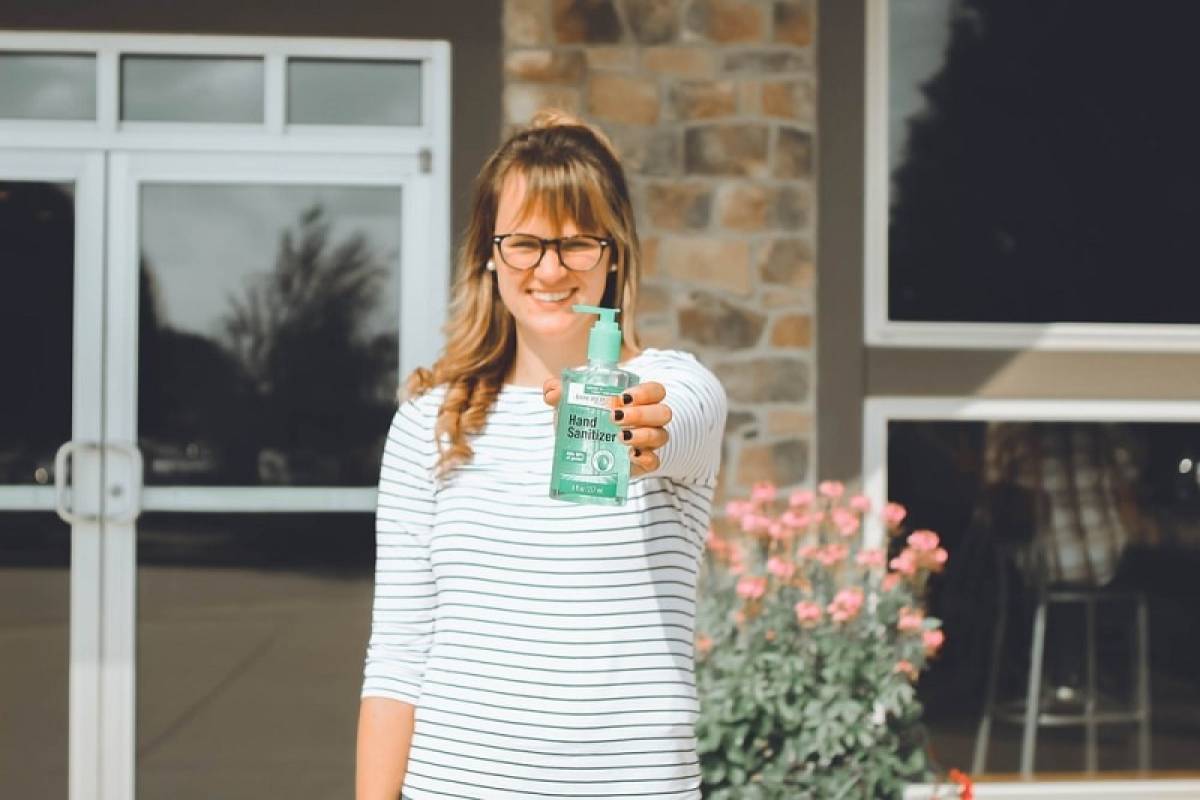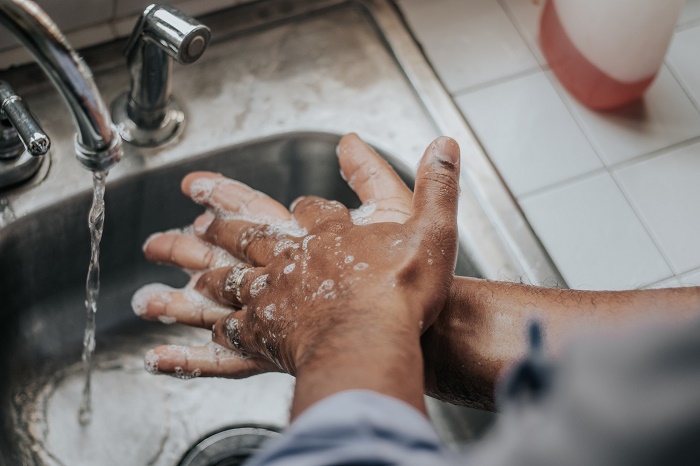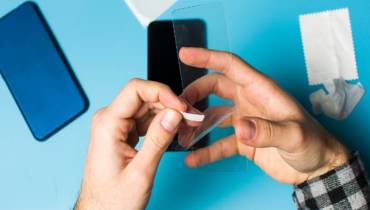How to Make Hand Sanitizer at Home: Two Simple Recipes

With the Novel Coronavirus (or COVID-19) pandemic in full-swing, I wanted to share some information on ways to help protect and keep yourself safe. I'm doing this now because many people fit into the category of the most vulnerable, including senior citizens.
I got all the information I've included from a number of trusted medical sources, including the Centers for Disease Control and Prevention, the World Health Organization, the Oregon Health and Science University, the White House Coronavirus Guidelines for America, and a few others as well.
Properly scrubbing your hands is one of the best ways to stop the spread of germs and viruses and to ensure you don't get sick yourself.
If you don't have access to soap and clean water or if you're out and about and nowhere near a sink, you should carry hand sanitizer with you to protect your health.
As you're no doubt aware, bottles of hand sanitizer sell out quickly during public health crises like the one we're in now. But don't worry, making your own hand sanitizer is remarkably easy. You just have to be careful that you don't mess up the recipe.
Making Your Own Hand Sanitizer - Preamble
Make sure the tools you're using are properly sanitized. Otherwise, you can risk contaminating the whole batch.
Also, the World Health Organization recommends letting your concoction sit for a minimum of 72 hours (which is basically three days) after you're done. That way, the sanitizer has time to kill any bacteria that might have been introduced during the mixing process.
An important note: Nothing beats washing your hands, even the professionally made sanitizer that you could buy at your local drug store should be used as a last resort.

DIY Hand Sanitizer Recipes
We actually have two recipes for making a hand sanitizer. One is from the World Health Organization and the other is from the Centers for Disease Control and Prevention.
The first one you can make with stuff you likely already have in your cabinets or under your sink so it's effective in emergency situations.
The second recipe is a little bit more complex, but it's easy to make if you have the opportunity to do some online shopping and planning ahead of time.
Another important note: A lot of these items are quickly going out of stock because of high demand now during the pandemic. There's a higher chance of finding these items at a local drugstore as opposed to like a supermarket, but your priority should be to stay indoors as much as possible to stay safe. If you have to get them, order them online if you can.
You're going to need some alcohol. According to the Centers for Disease Control and Prevention, your sanitizer must be at least 60% alcohol to be effective, but it's better to get a batch of alcohol that's way above that percentage. Aim for a minimum of 75%.
A bottle of 99% Isopropyl Alcohol is the best thing you can actually use. Your regular vodka or whiskey are too wimpy and won't cut it to create sanitizer.
Recipe #1: Mixing Alcohol, Aloe Vera Gel, and Tea tree oil
The first recipe is a quick gel recipe. You're going to need Isopropyl Alcohol, Aloe Vera Gel and some Tea Tree Oil. The recipe is as follows:
Mix three parts Isopropyl Alcohol to one part Aloe Vera Gel and a few drops of the Tea Tree Oil to give it a pleasant scent.
The better recipe is a Spray Recipe. For that recipe you need: Isopropyl Alcohol, Glycerol or Glycerin, Hydrogen Peroxide, Distilled Water and a Spray Bottle.
The Aloe mixture gets the job done, but Aloe can also leave your skin annoyingly sticky, so the second recipe, that's the spray, is much less sticky and much more potent based on the mix that's recommended by the World Health Organization.
Recipe #2: Alcohol and Glycerine
The recipe is as follows:
- Mix 12 fluid ounces of Alcohol with two teaspoons of Glycerine. You can buy jugs of Glycerol online and it's an important ingredient because it keeps the Alcohol from drying out your hands and your skin. If you can't find Glycerol, proceed with the rest of the recipe, but just remember to apply some moisturizer to your hands after you apply the sanitizer so your skin doesn't dry out.
- Mix in 1 tablespoon of Hydrogen Peroxide, then 3 fluid ounces of Distilled Water. If you're working with a lower concentration solution of Rubbing Alcohol, say the 60% to 75%, you want to use much less water. 3/4 of your final mixture has to be Alcohol for it to work.
- Load the solution into Spray Bottles and remember, this isn't a gel, it's a spray.
- You can wet a paper towel with it as well and use it like a baby wipe. If you must, you can add in a splash of essential oil to your concoction to make it smell nice.
Final Thoughts
As the CDC says, “Clean hands save lives.” Washing your hands and using an alcohol-based hand sanitizer keeps your hands clean, which is one of the best ways to protect you from getting sick.
So, follow a regular handwashing routine with soap and water, as well as using hand sanitizer, whether you are at home, at work, traveling, or out in the community. It is one of the best ways to remove germs, avoid getting sick, and prevent the spread of germs to others.
If we work together as a community and as human beings, we can get through this pandemic.






















